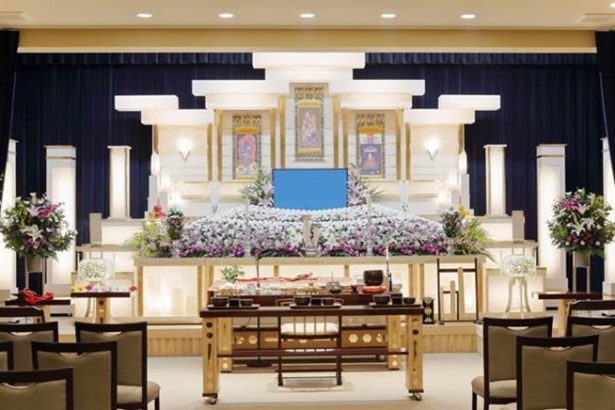Working with Death and Loss in Shiatsu Practice, a guide to holistic bodywork in palliative care was published by Singing Dragon on 21st August 2020. It is available to buy now – see links below. There is also a kindle version.
Here is a link to an interview with Carola Beresford-Cooke about the book on YouTube (23 mins)
Here is a shorter video with information about the contents of the book, also from YouTube (3 mins)
Richard Reoch wrote ‘this meticulous book is a work of love’ in his foreword to the book. Richard is author of Dying Well.
Who is this book for?
This guide is for Shiatsu and other complementary therapists, especially bodyworkers. It is also for those who are looking after, or working with people who are grieving, facing a life-threatening diagnosis, or concerned with end-of-life and palliative care. It covers the private and public sectors, and so is appropriate for physiotherapists, doctors and other careworkers. It is for those who are interested in the marriage of CAM and allopathic medicine, or who want to understand more about how both approaches can sit happily side-by-side for the benefit of patients. Many parts are relevant to people who work as self-employed therapists or counsellors (for example, the legal and administrative aspects of preparing for your death and caring for your clients in that eventuality; and the self-care necessary to support you in carrying out this, sometimes, emotionally stressful work). Additionally, if you are curious about finding a holistic way to look after yourself or your loved ones when they are dealing with loss or preparing for a Good Death, this book will give you information about the nature and benefit of Shiatsu and other complementary therapies, which may be of interest.
‘An invaluable resource for all touch therapists drawn to working at this edge of life.’ Nick Pole, author of Words That Touch
Is it just for UK practitioners?
No, it uses statistics and information pertinent to the US, Canada, Europe, New Zealand and Australia, as well as the UK.
Some examples of ritual and traditions, from the past and across the world, are used for inspiration.

What is covered in this book?
There are sections on how change of all sorts can involve grief: moving house, breaking up with a lover, getting older; on dicing with death through our everyday behaviour and activities; on loss and bereavement; about the meaning of touch where grief and loss are concerned; the variety of beliefs different people have about death; suicide and mental health; the language we use to describe and communicate about this subject; working in extreme life/death traumatic situations; how death affects all ages differently; and how we support ourselves and others who are living through the death of babies, parents, partners, children and older people.
There are chapters on:
- Theory – Chinese and Japanese Medicine, and the cycle of life
- The client – types of people we come across who are dealing with death or the fear of it
- The practitioner – practical matters like preparing your clients for your own death (client notes, your digital will), and spiritual ones (with a section on self-care: how we all need R.E.S.T)
- The client-practitioner relationship – boundaries in this deep work, listening, the philosophy of dying, and love
- The place of the complementary practitioner in a mainstream medical environment (NHS, hospices in the US etc) and other primary care settings, including working in a team alongside other healthcare professionals
- An extensive bibliography which also details websites, blogs, podcasts, films, and much more
- There is a section for teachers with lesson plans for including death and related subjects in the training curriculum, dealing with dying students, and teaching when you yourself are grieving
- Other – What is Shiatsu? What is a Death Cafe? What does a Death / End-of-Life Doula do? Making an altar with your client, research and more
- Finally, there are some exercises (physical and mental) and meditations (with diagrams and photos) for practitioners who want to develop their chi for this work, engage with CPD (continuing professional development), and tackle these subjects in small community or study groups

Death and Loss in Shiatsu Practice shares knowledge from the author and others who have many years of experience in this field.
About the author Tamsin Grainger
You can buy the book from Waterstones, Hive or Amazon

